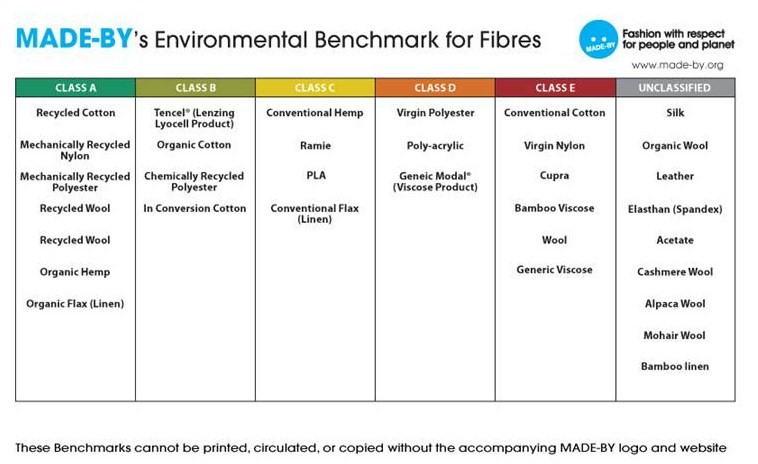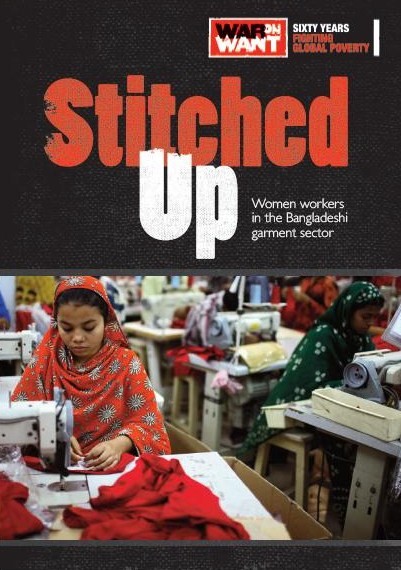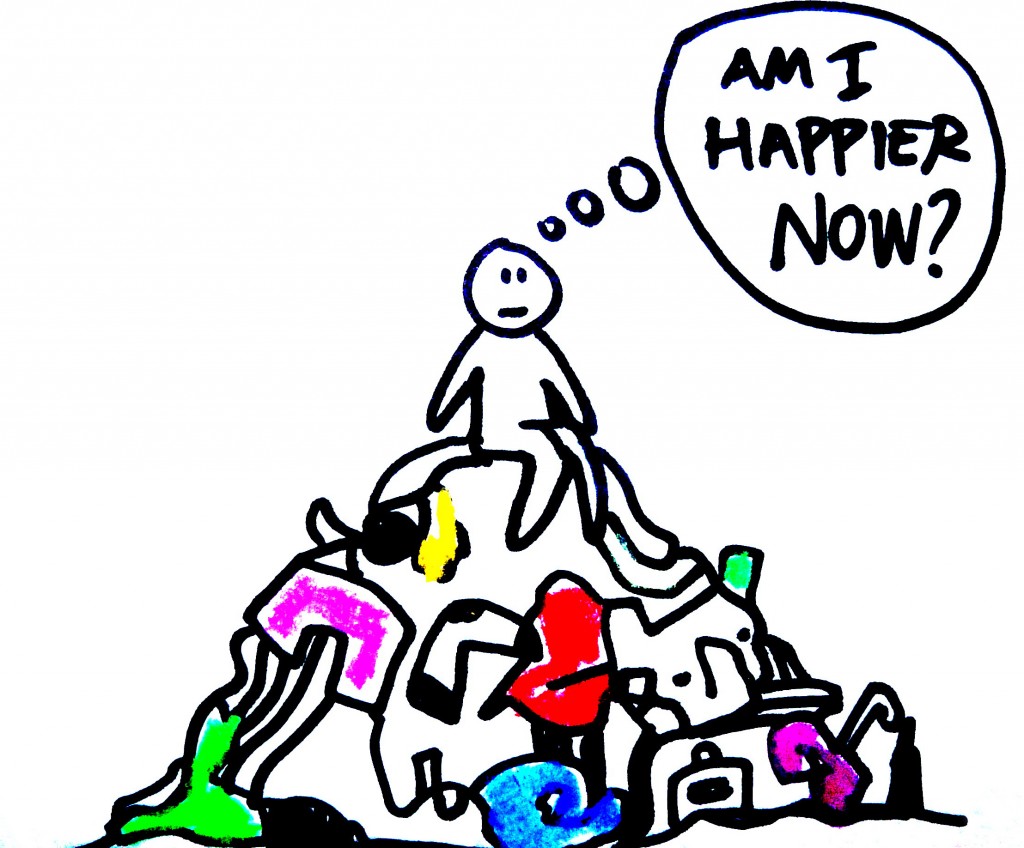
You may recall the BBC One documentary “Panorama: Primark – On the Rack” (June 2008) that, allegedly, uncovered Primark subcontractors exploiting children in India for cheap labour.
Well, if you’ve been following the latest in the BBC/Panorama/Primark scandal, you’ve likely heard the news this month that footage from the BBC report is now said to have been fraudulent.
According to the BBC Trust, “Primark complained about the programme to the BBC Executive and then appealed to the Editorial Standards Committee of the BBC Trust (“the Committee”) against the decision of the BBC Executive’s Editorial Complaints Unit (“the ECU”).”
The Committee determined that Dan McDougall’s reporting was, essentially, staged; “the Committee concluded that, on the balance of probabilities, it was more likely than not that the Bangalore footage was not authentic.”
UK Guardian reporter James Robinson writes “[t]he decision by the trust is understood to have infuriated BBC News staff, who privately say that the Primark case has demonstrated that the corporation’s complaints procedure is flawed.”
What did McDougall have to say on the Committee’s findings? McDougall claims to “have rarely seen a finding so unjust in outcome, flawed in process, and deeply damaging to investigative journalism.”
It’s important to remember that the reporting in question was the footage from Bangalore alone, and that there was other footage within the documentary depicting work done by children and homeworkers:
- 23 February – In a refugee camp on the outskirts of Tirupur, the Journalist films two children working on the Complainant’s garments.
- 24 February – In Pollachi, the Journalist finds the Complainant’s sequinned vest tops outsourced to home workers.
(Source: Finding of the Editorial Standards Committee of the BBC Trust: Pg. 15)
And so, in the end, the BBC says it will apologize to Primark for claiming the company was guilty of using child labour in India….when the company is allegedly guilty of using child labour in India? Right.
Well, at least we know the Indian Government will be happy; a recent post by Clothesource Comments breaks down the true impact a scandal like this has in the Indian context quite poignantly, claiming the incident has crippled the tireless efforts of organizations working to eradicate child labour within the country.
Be sure to keep your eye on this story—only time will tell how it all will play out.










